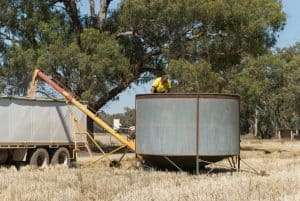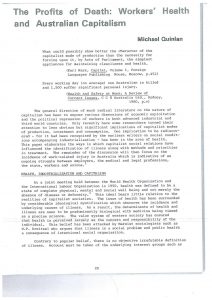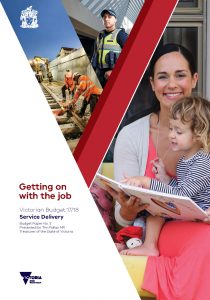 This week is Farm Safety Week in Australia. This means that a lot of organisations will be issuing media releases about how to either, improve safety performance (ie. reduce harm) or raise awareness of risks and safety. What is likely to be missing from the information is practical information. This is partly because of the unique nature of farmers – isolated, small businesses, politically conservative and working from home.
This week is Farm Safety Week in Australia. This means that a lot of organisations will be issuing media releases about how to either, improve safety performance (ie. reduce harm) or raise awareness of risks and safety. What is likely to be missing from the information is practical information. This is partly because of the unique nature of farmers – isolated, small businesses, politically conservative and working from home.
Safe Work Australia
On the first day of the week Safe Work Australia (SWA) released an



 The Victorian (Labor) Government promised a
The Victorian (Labor) Government promised a 

